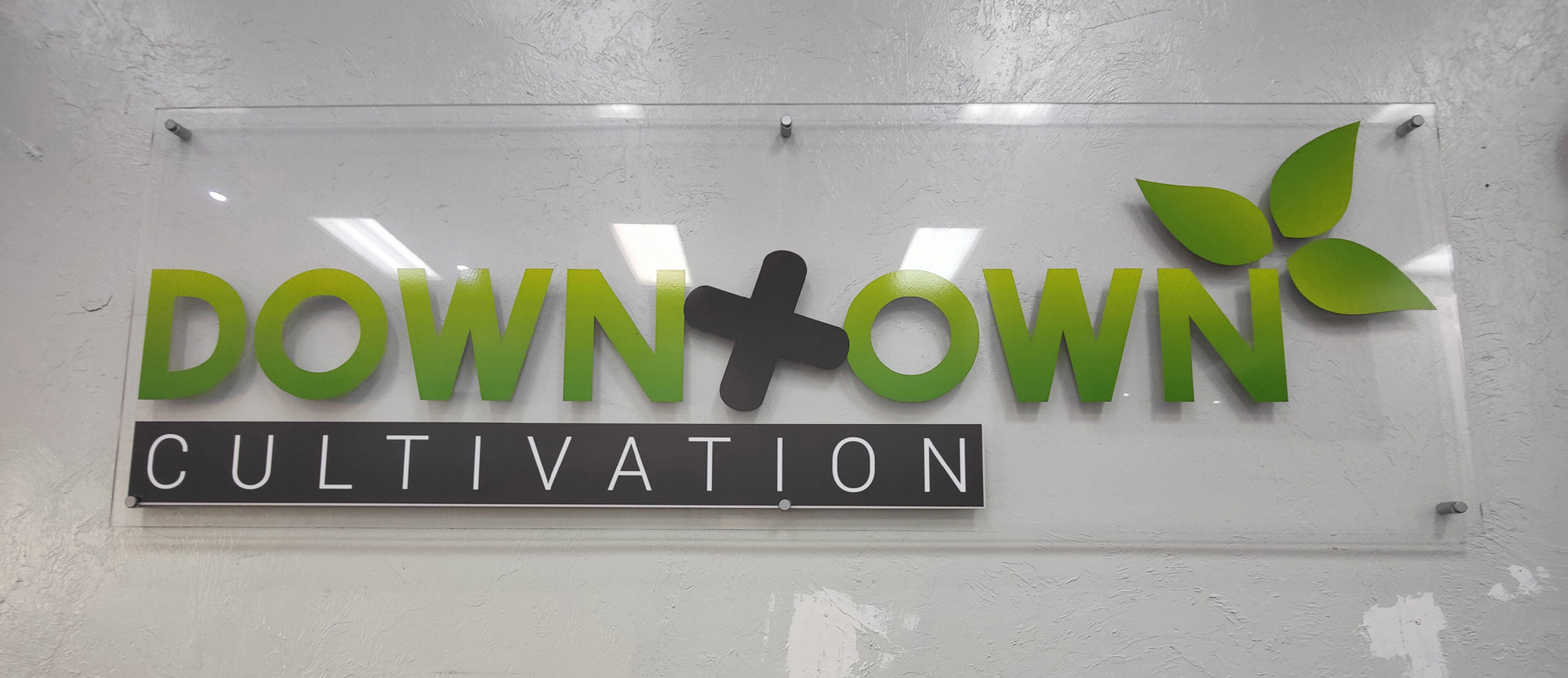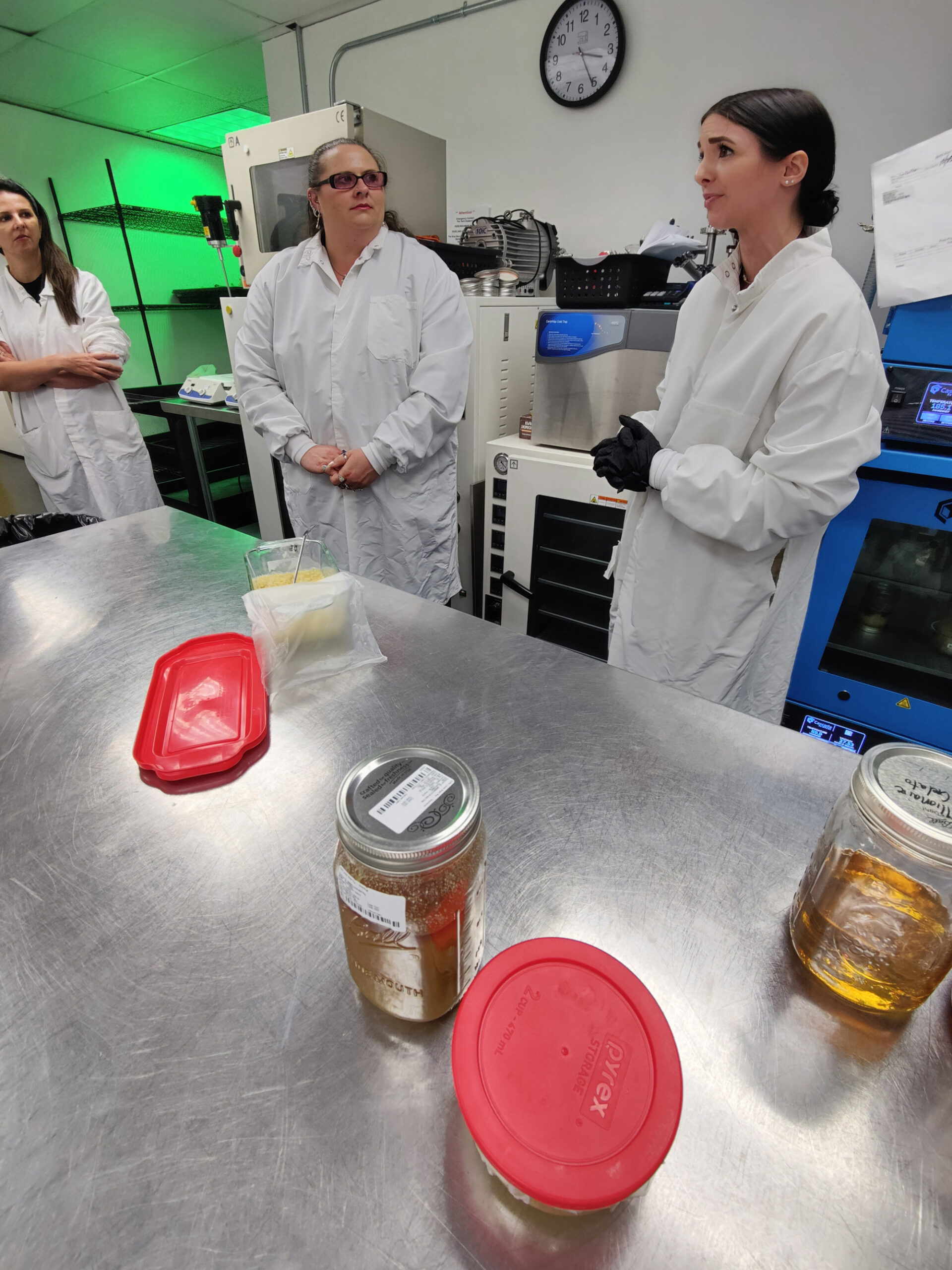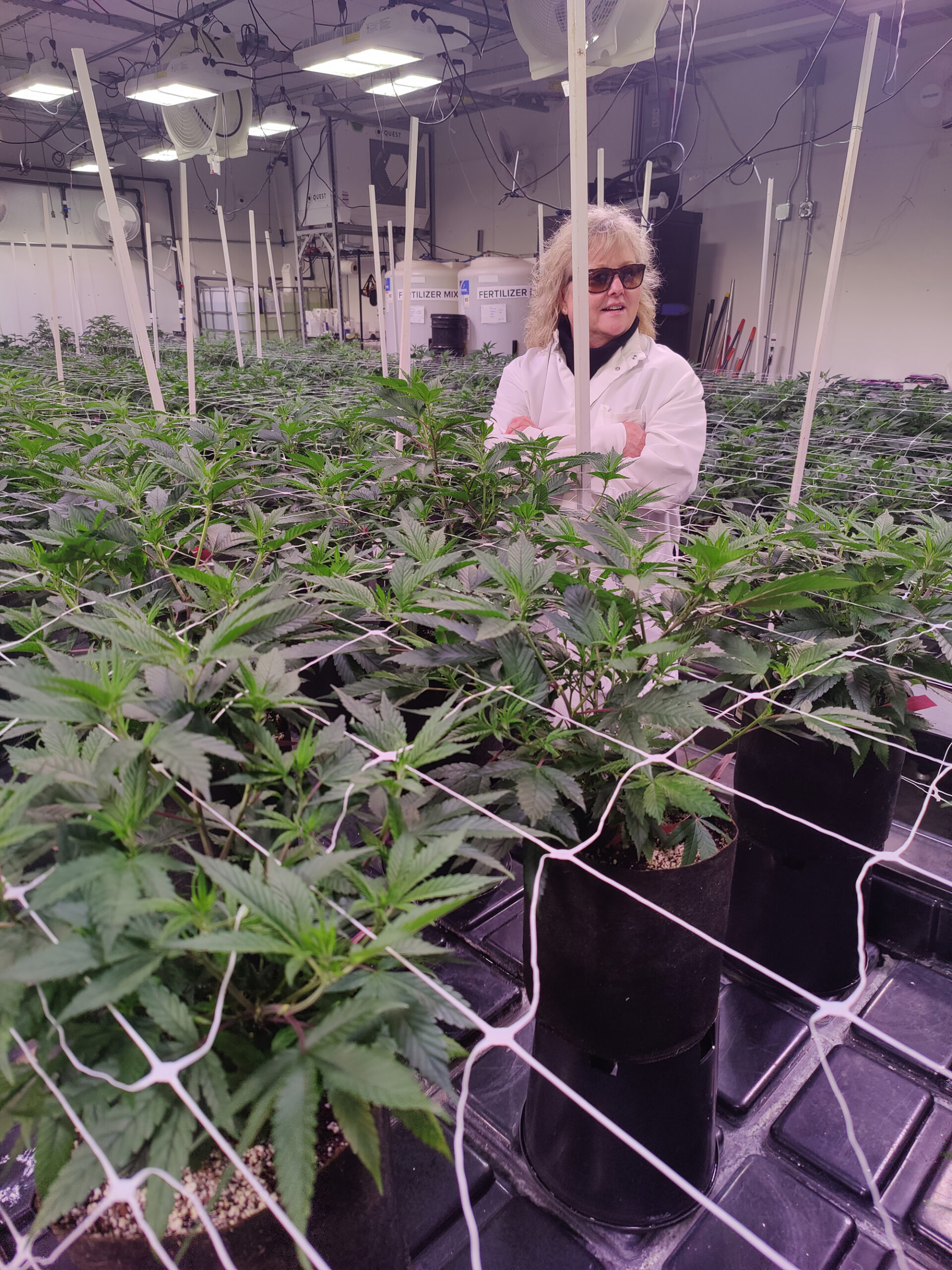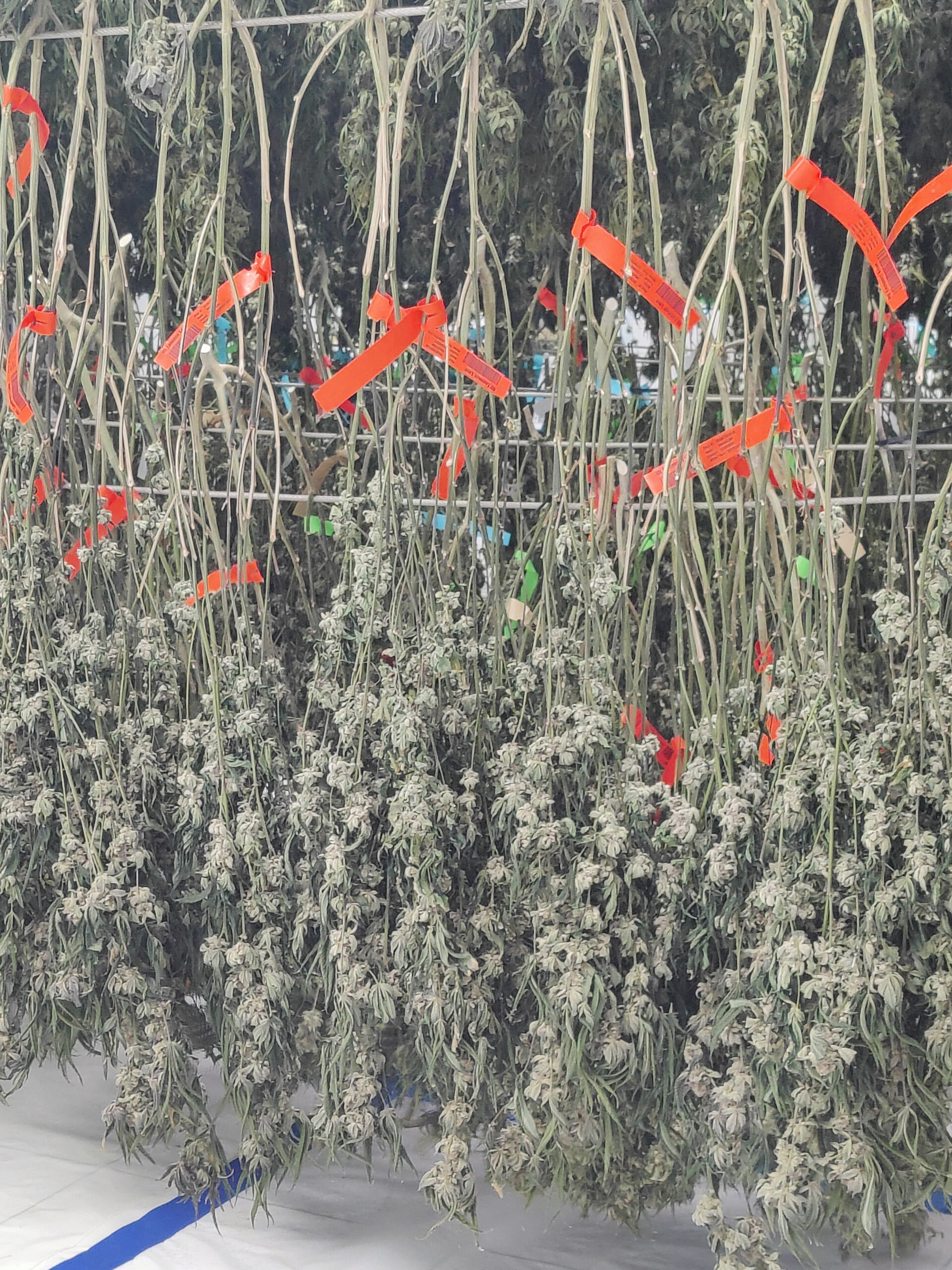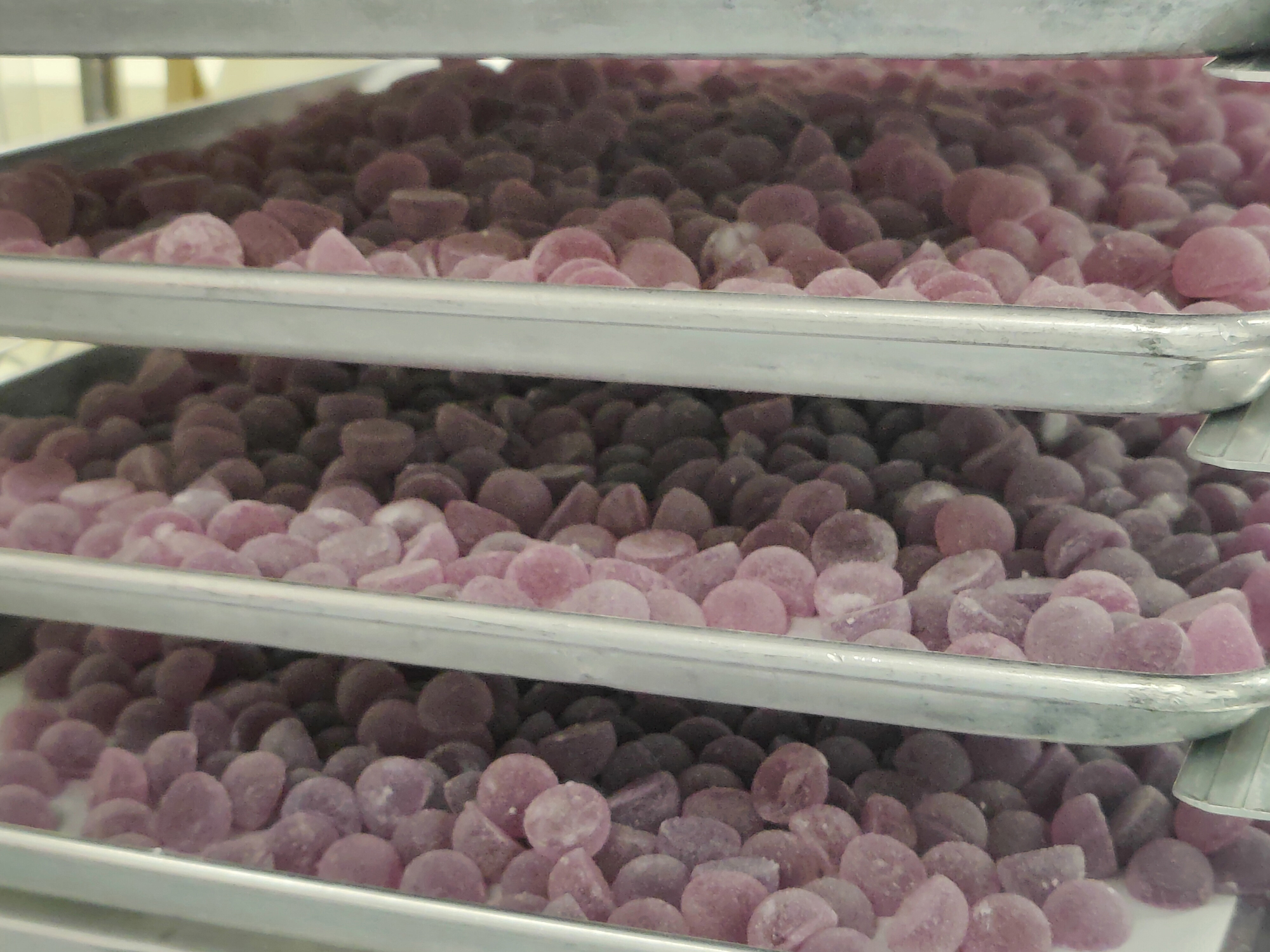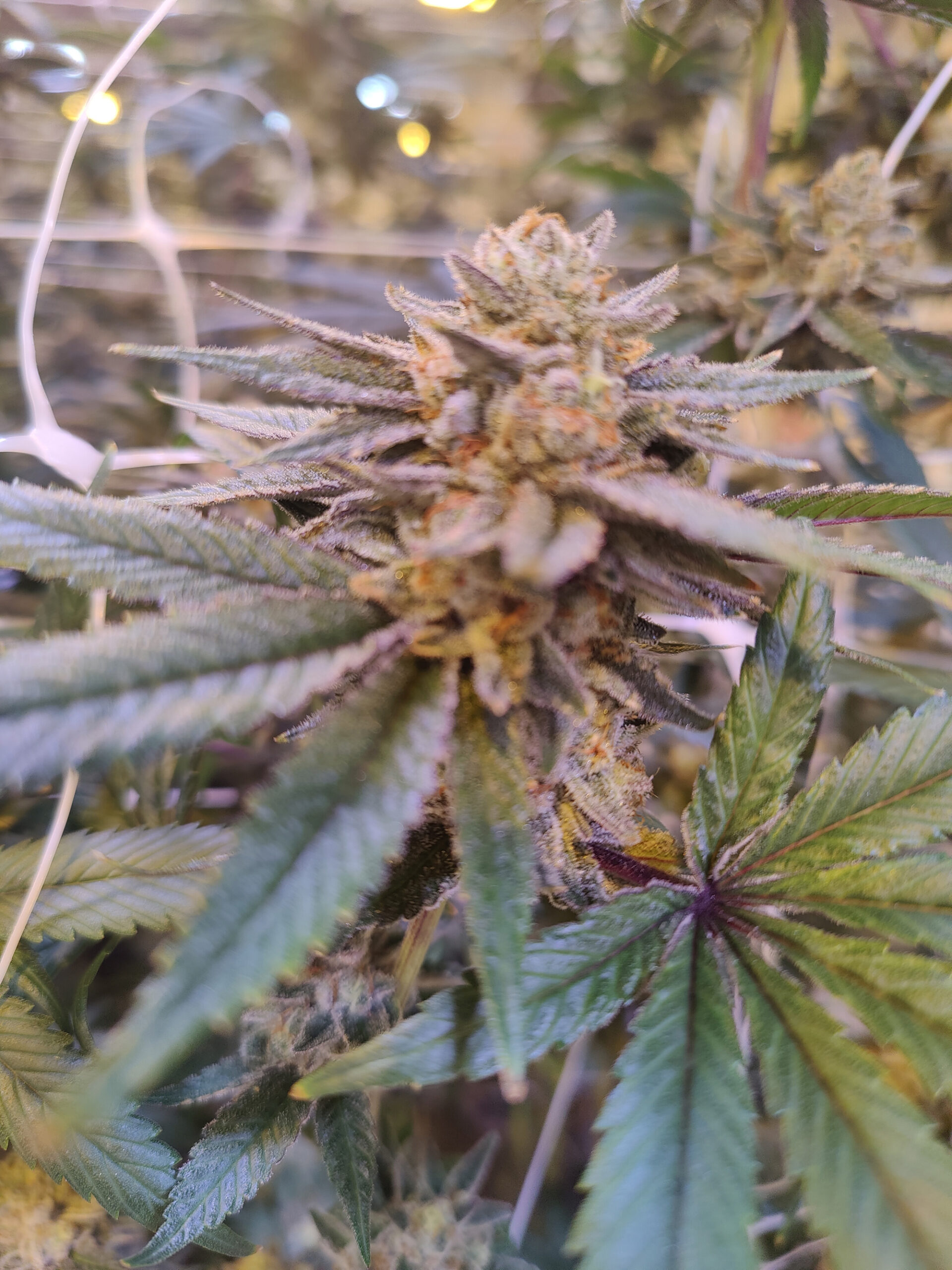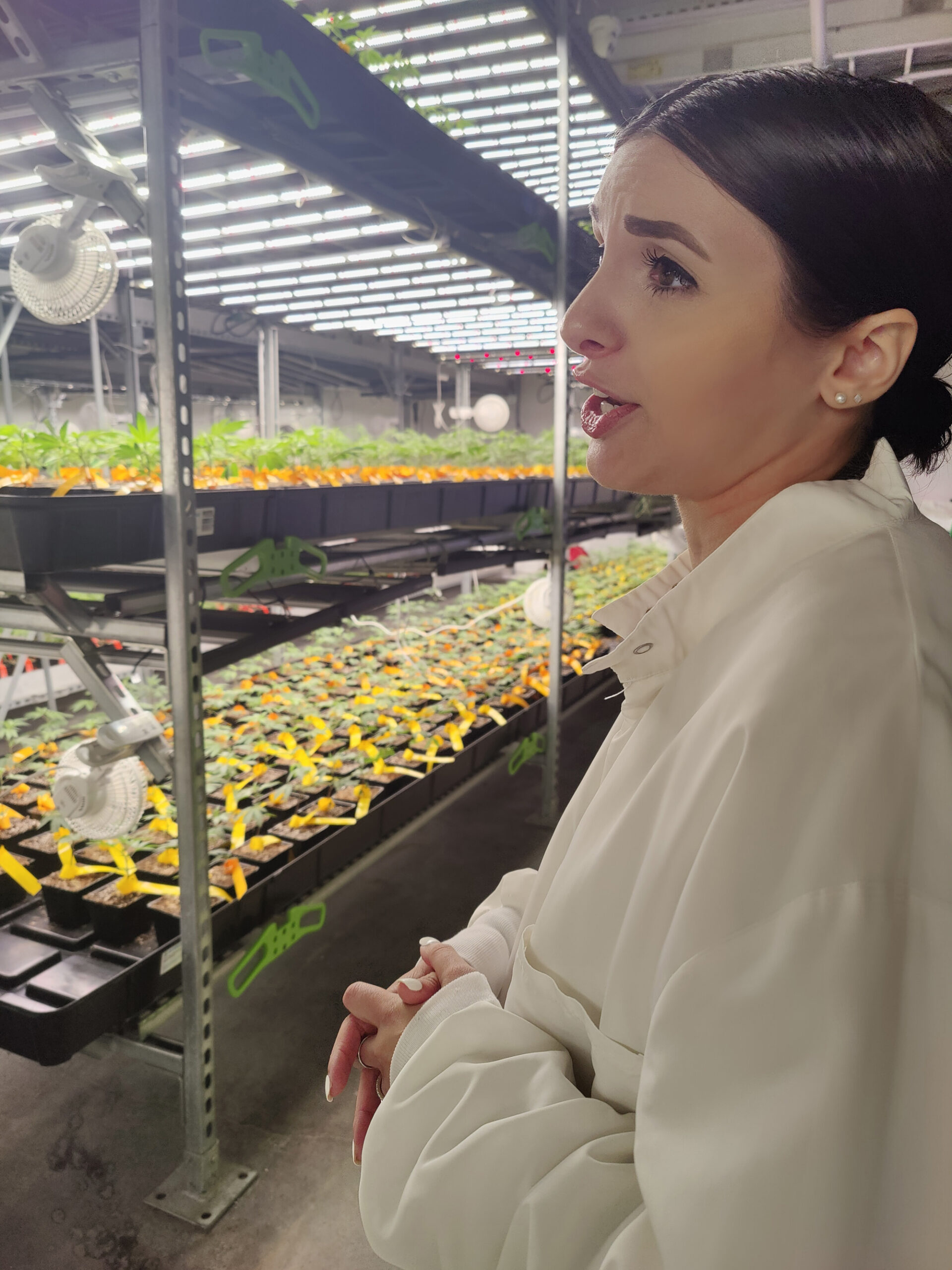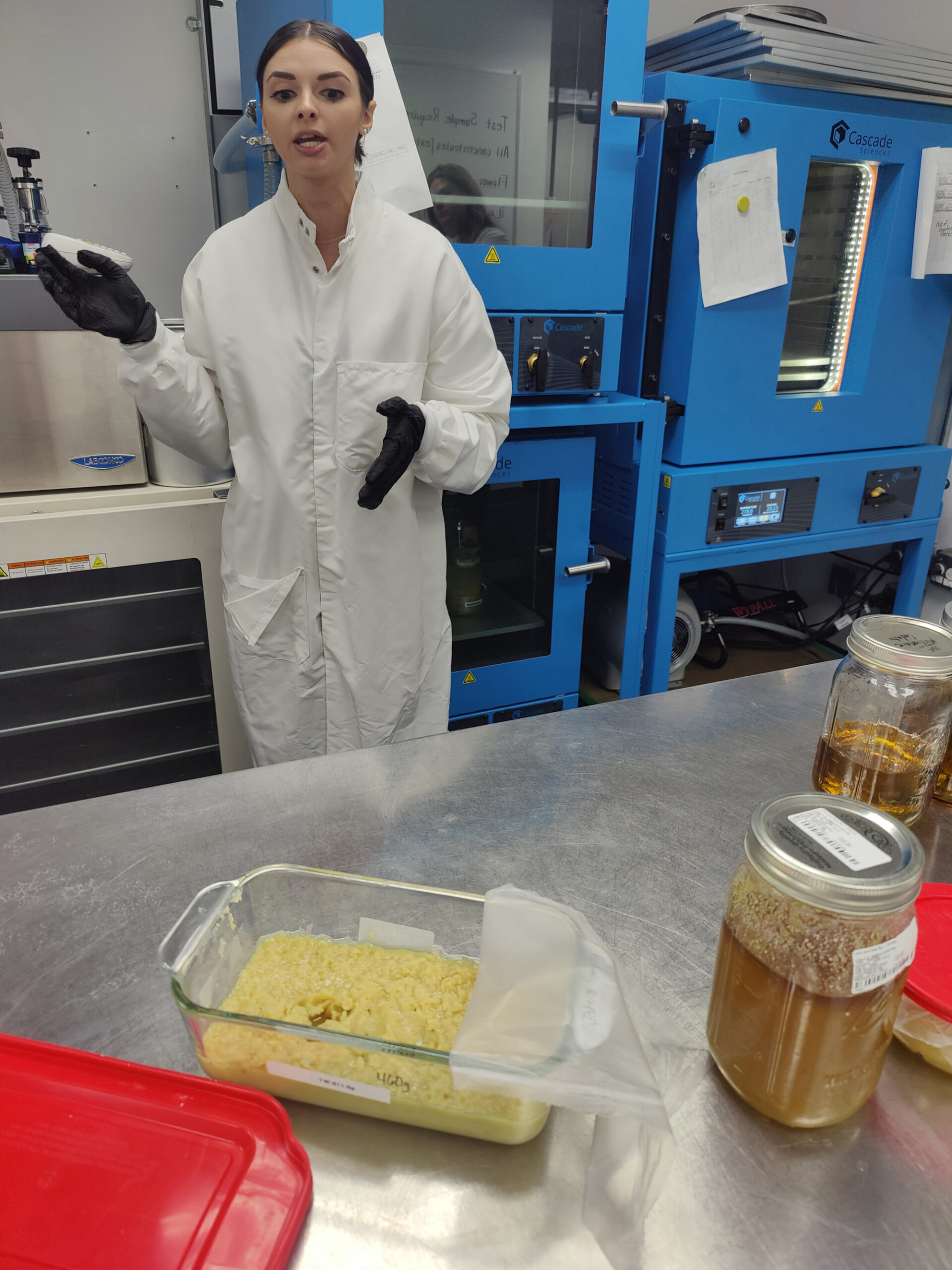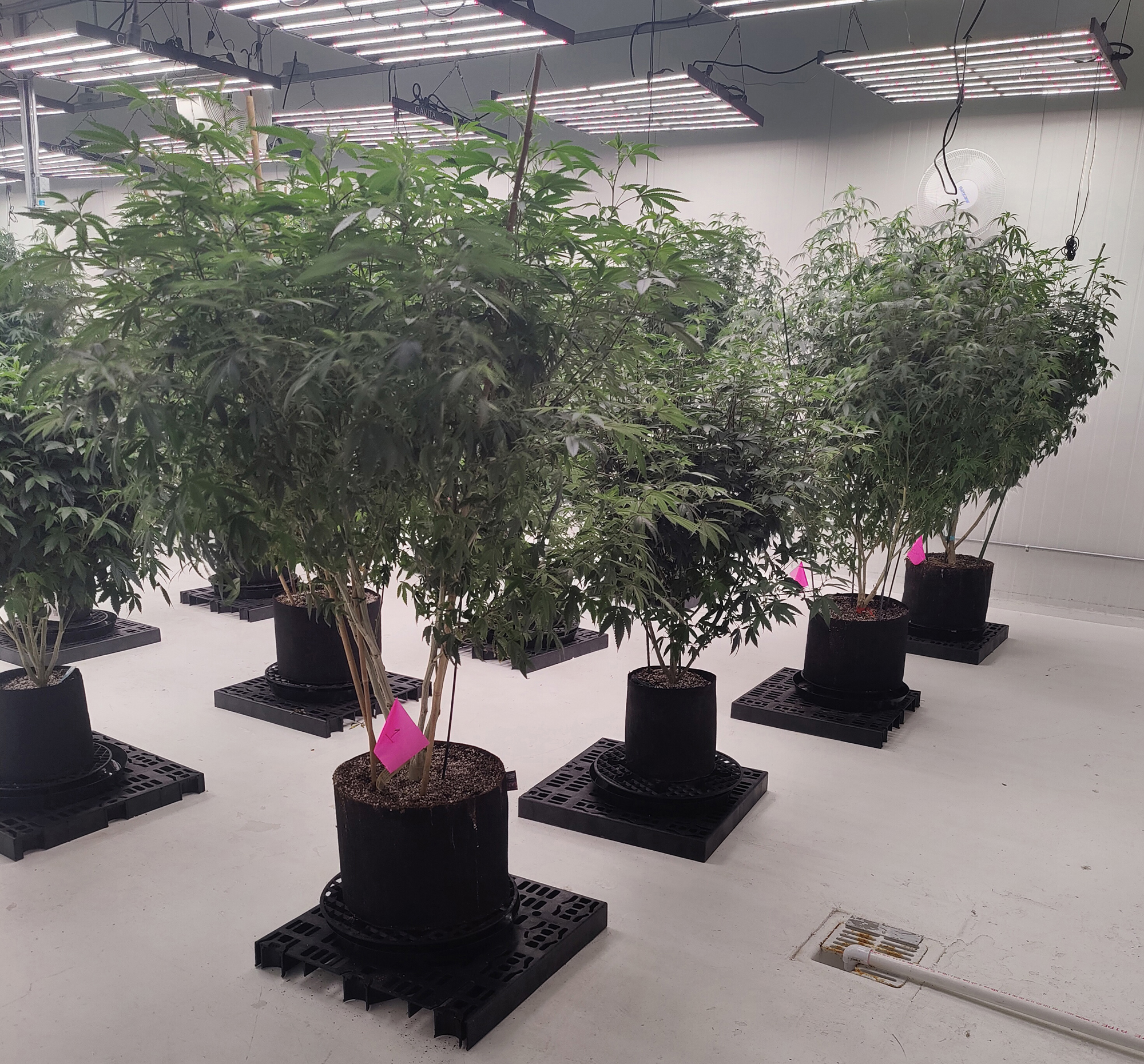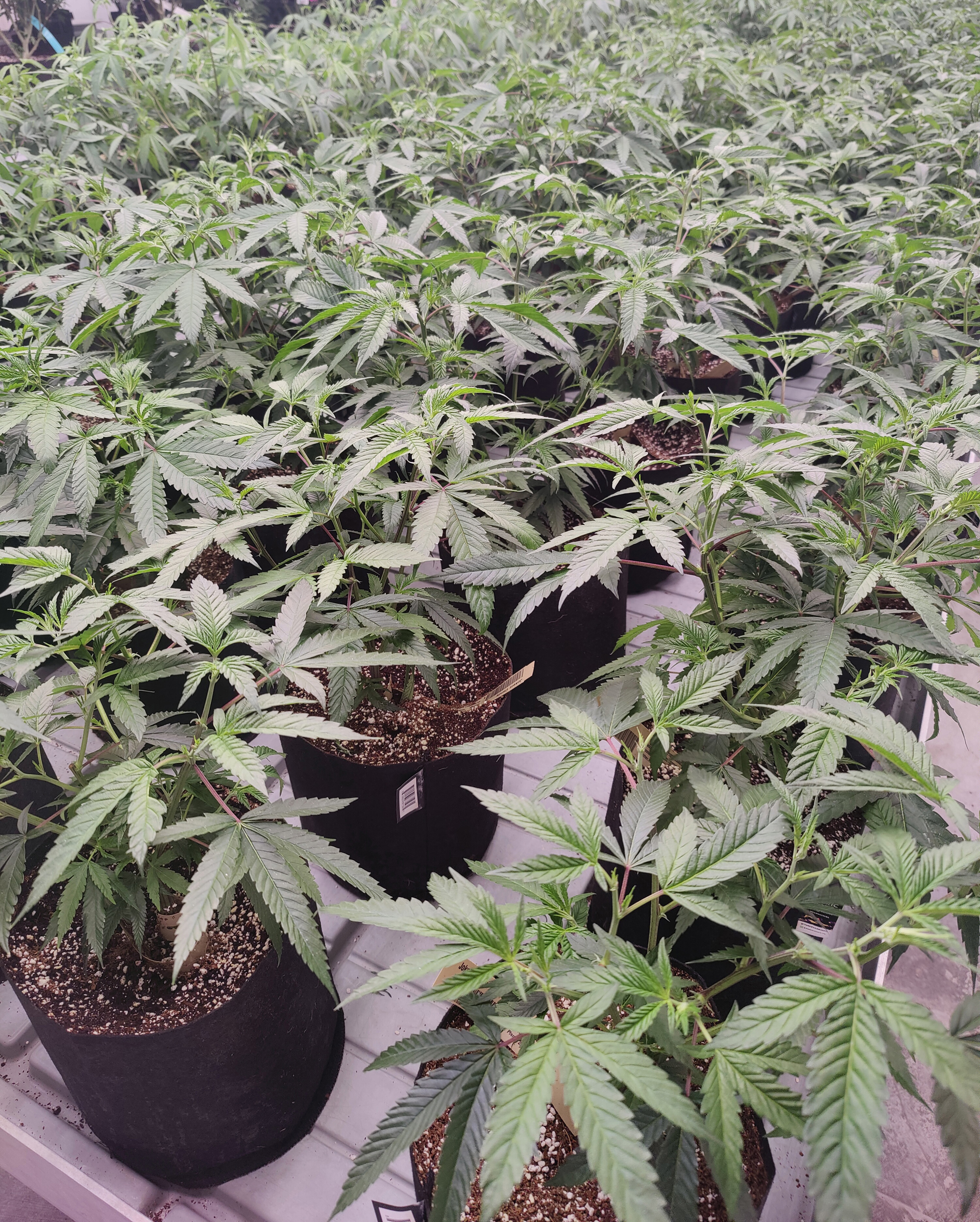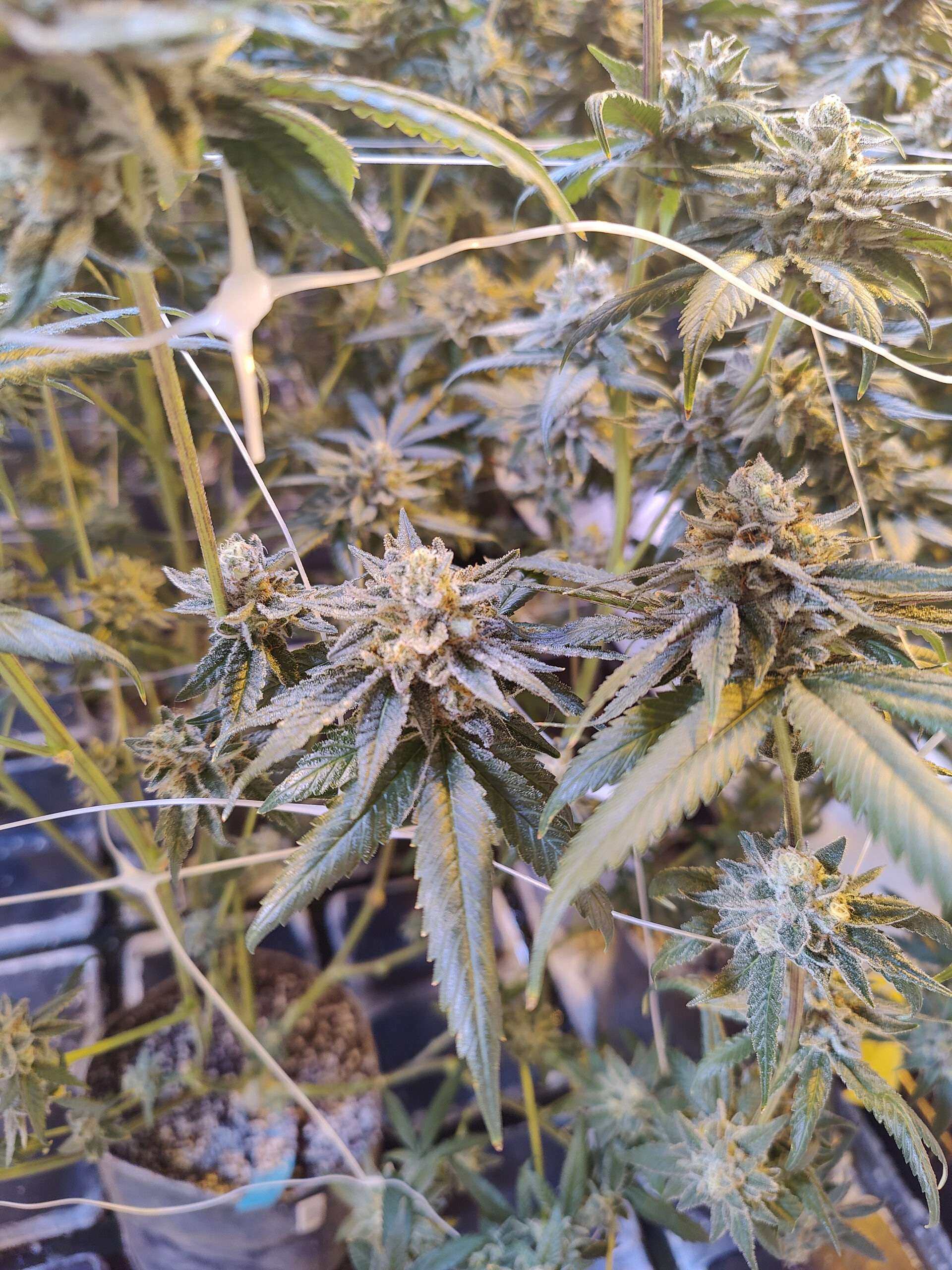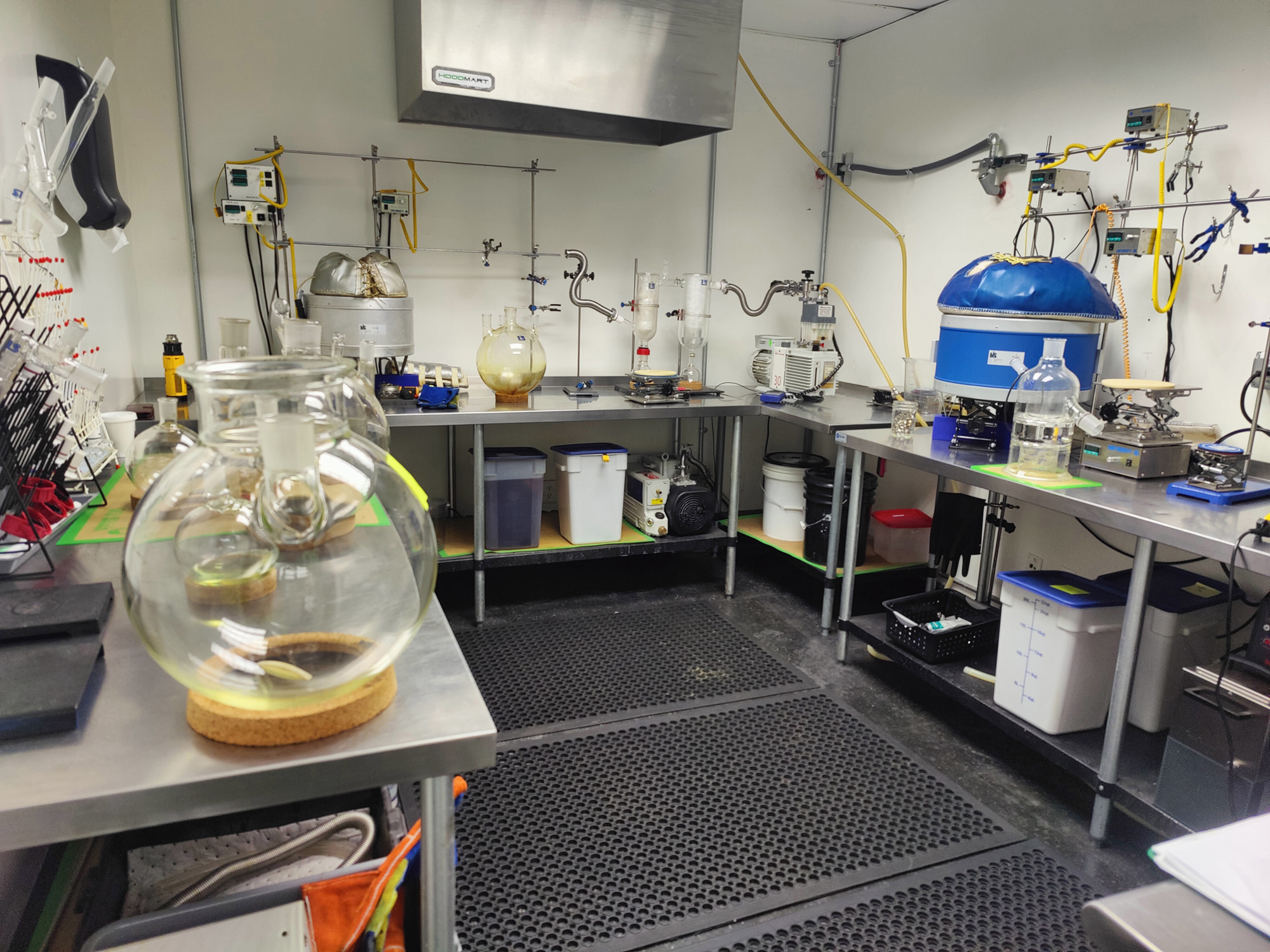text and photos by Mary L. Peachin
Vol. 26, No. 3/4
January/February, 2023
As a native Tucsonan, over the decades, I’ve explored the nooks and crannies of Southeast Arizona. An invitation to Tucson’s Downtown Dispensary Cultivation Center was one that I responded to with curiosity. Little did I know that I was about to experience an unexpected adventure, an educational one that would totally amaze me, and potentially change my life.
In 2010, Arizona voters narrowly passed Prop 203, which allowed for the growth, distribution and sale of medical cannabis. All license applicants were required to put down a $5000 non-refundable licensing fee for each application, have $250,000 in a reserved bank account to guarantee community investment, and go thru extensive background checks. Even after licenses had been publicly awarded, there was a nearly 18-month wait to receive the license while a high-profile lawsuit worked its way through the Arizona courts.
During the following years, marijuana use drifted from recreational to medicinal. By 2020, Prop 207, which allowed for cannabis to be sold both medicinally AND recreationally passed with over 60% approval. This was a turning point in Arizona law. It officially decriminalized recreational marijuana use and possession for those 21 or older, allowed minors, nonviolent marijuana offenders to petition to have their criminal records expunged, and imposed an excise tax to support underfunded programs across the state. University of Arizona scientists and medical researchers, at first reticent to jump on board to study the impact of pain reduction and anti-inflammation, are now eager participants.
Growing and processing cannabis is a scientific, technical and complicated multi-month behind-the-scenes process. Life begins in the Mother’s Room, a space where small clippings are taken from each of the mother plants. These baby clippings are carefully potted and grown in a baby nursery.
As they get larger, they are moved into different rooms. Their genetics specify how they are specifically trimmed.
Every Center room is automated, with specific nutrients, lights and humidity for each plant strain. As the plants mature and flower, each room transforms into a harvest center. Buds are carefully harvested from each plant, before moving to the processing rooms. Eventually these buds are transformed into flower, pre-rolls, concentrates, iLava touch products, gummies, chocolates, and even a Keto-cookie.
Charles and Stephanie Boyden, with their business partner Mohit Asnani, have worked together since 2010. They are the Founding Partners of The Downtown Dispensary, D2, The Downtown Dispensary Cultivation Center and iLava products. In the early years, they continued to work at their full-time jobs taking turns working in the dispensary. They eventually increased their clientele and earned the reputation as an excellent dispensary. They won Best Dispensary in Tucson five times.
The Downtown Cultivation Center is 50,000 square feet and comprises a cannabis nursery, a lab, a commercial kitchen, a trim center and a packaging facility. Tucson’s Downtown Dispensary has grown from one small retail location into two thriving stores and a cultivation center. Between the three locations, they employ over 240 employees and pump millions annually into Tucson’s economy.
As for me, years of sports’ competition, travel and fun, have worn my joint cartilage, including those joints that are now artificial. The soothing result from iLava Touch cream, with its water base and 11 essentials oils, absorbs slower on the joints of my bionic body. Maybe there is hope for reducing my chronic pain.

